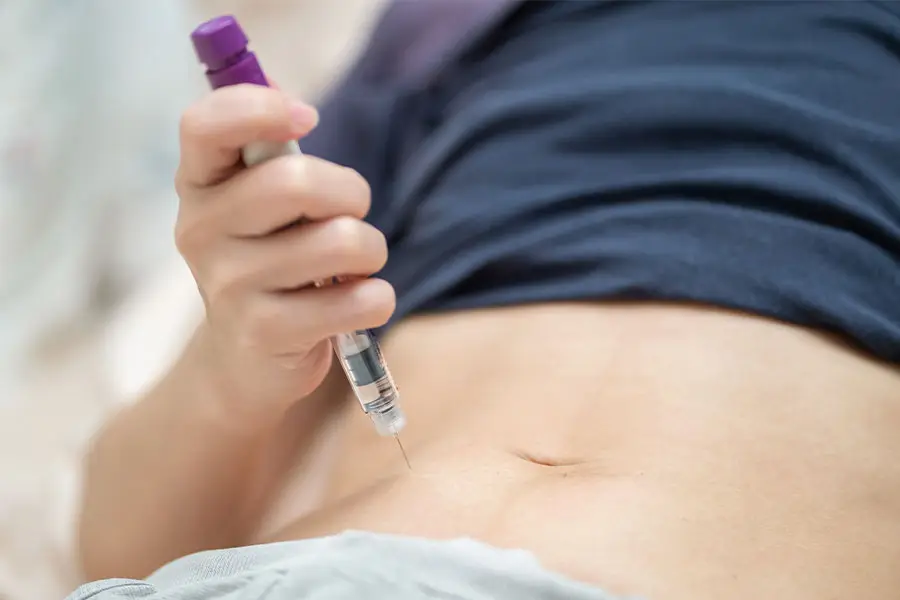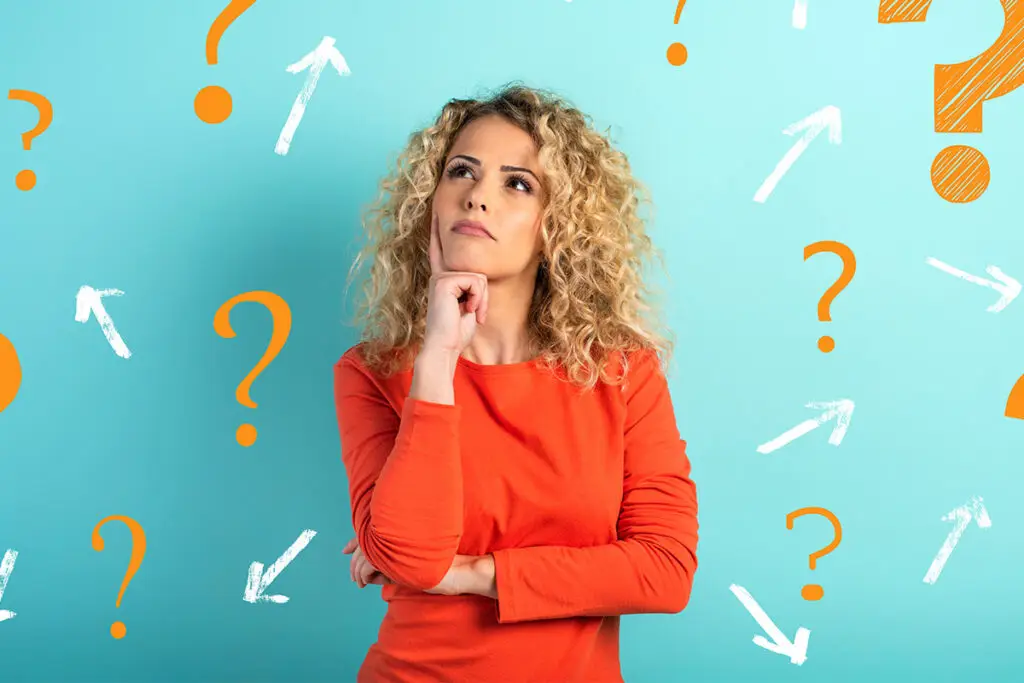Depending on the particular indication for treatment, many IVF patients will undergo ovarian stimulation – a procedure which encourages greater egg production.
During the natural menstrual cycle a single egg is released from a single follicle.
Ovarian stimulation is conducted from the beginning of a menstrual cycle, using medications called gonadotrophins, which help the ovaries produce more eggs. Dr Antoine Abu Musa, Chief Medical Officer at NOW-fertility says “These medications are hormones that are regularly produced in the body but are given in higher dose than what would naturally occur. The response to treatment is carefully monitored with transvaginal ultrasound scans and blood tests.”
The more eggs that can be produced and harvested, the greater the choice of embryos for the laboratory to choose from, better the chance of pregnancy.
During ovarian stimulation some women might experience breast tenderness, swelling, or mood swings. Occasionally, women are sensitive to the hormone medications used to stimulate the ovaries to produce more eggs…and this is known as Ovarian Hyperstimulation Syndrome (OHSS), which can occur after the final ‘trigger’ injection before eggs are collected as well as after.
When this happens too many eggs are produced by the ovaries, which can become large and painful with symptoms including pain and swelling in the lower abdomen, feeling faint and/or being sick. In rare, extreme cases, patients may have difficulty breathing because fluid can build up in the chest, and rarer still is the chance of a blood clot forming in the legs or lungs. Symptoms of this condition include a swollen or tender leg, or pain in the chest and breathlessness. Women may be hospitalised for treatment, but in the vast majority of cases, symptoms pass over the period of a few weeks.
Book a consultation with NOW-fertility
If you are ready to start your journey, book a consultation with one of our experienced fertility consultants.




